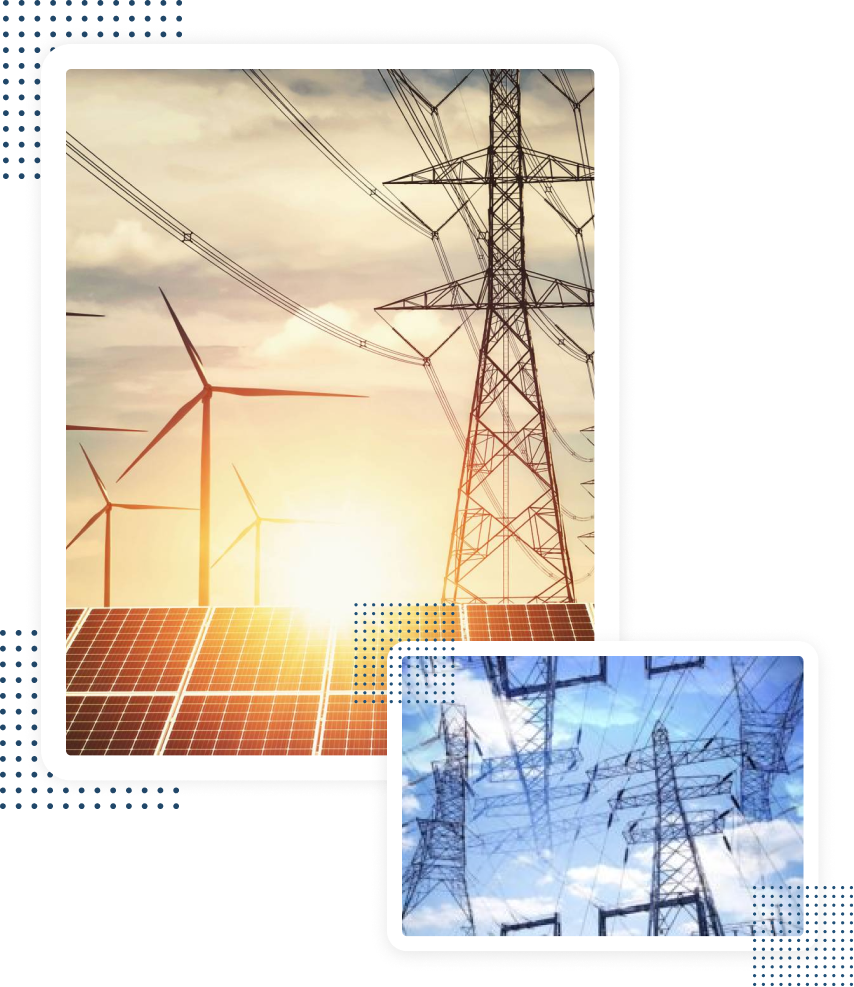SELECTED PUBLICATIONS
Reviewer and contributor to the World Bank working paper/book – Tariff Setting Guidelines: A Reduced Discretion Approach for Regulators of Water and Sanitation Services, Chris Shugart and Ian Alexander, 2009.
Reviewer and author of a case study in the working paper/book – The regulation of Investment in Utilities: Concepts and applications, Ian Alexander and Clive Harris, World Bank, May 2005.
Utility regulation: applying international best practices to Pakistan, PAGE, January 2004.
KESC’s 2002 multi-year tariff determination: lessons for Pakistan and South Asia (co-author), International Journal of Regulation and Governance, December 2003.

SELECTED PRESENTATIONS AND INTERVIEWS
Q&A with Aftab Raza about Energy Transition
World Future Energy Summit, January 2019
“As behind-the-meter solar PV and storage achieve grid parity, utilities and grid design and operations will not be business as usual. Decentralized energy resources (DERs) combined with demand-side management (DSM) on the customer end will bring new challenges as well as opportunities for the utilities. Utilities may get trapped in a vicious circle if they try to shy away from these challenges and opportunities or deal with them half-heartedly – for example if they lose customers, demands, and hence revenues because of DSM and DER and increase their electricity prices to recover increasing fixed cost per unit, they will see even more and faster evasion in customers and revenues.
Once we have the right mindset, all other pieces of the puzzle will start falling into the places more smoothly to develop our electricity system to meet the challenges of the fourth industrial revolution. The transition requires the market players to utilize the key emerging technologies from IT industry such as AI, cloud computing, blockchain, and big data analytics to run the internet of things and to enable the business models which integrate the embedded renewable energy and storage sources, micro-grids, prosumers, EVs and other DERs.” – Aftab Raza
The Future of Sustainability
The Nation in partnership with Masdar, 2019
“We are fast approaching the time when non-utility solar and battery systems will reach their tipping points and achieve cost and performance parity with grid-delivered energy. It is essential for our utility companies, regulators, and governments to acknowledge that we are not far away. In my opinion, the first step towards managing the transition is this realization and a mindset evaluation. The transition requires market players to utilize key emerging technologies, such as AI, cloud computing, blockchain, and big-data analytics to run IoT and to enable business models that integrate embedded renewable energy and storage sources, microgrids, prosumers, EVs, and other Distributed Energy Resources (DERs).” – Aftab Raza
Advancing market integration and decarbonization: How to ensure a smooth transition?
Webinar by Centre on Regulation in Europe (Cerre) and KAPSARC, 8 December 2020
Workshop brief by King Abdullah Petroleum Studies and Research Center (KAPSARC) and Cerre, February 2021
“The right tariff design can facilitate and promote cross-border electricity trade, decentralized generation, and, ultimately, decarbonization. This applies to generation as well as transmission and wheeling charges. Tariffs should be designed to reflect the costs of generation, balance the interests of generators, network operators, consumers, and other market players, and provide commercial and behavioral incentives to these players for the desired outcome – that is, the production and use of cost-effective and environmentally friendly electricity. Electricity pricing should be reviewed regularly so that it aligns with the continuously evolving energy system, consumer demands and technological advancements.” – Aftab Raza
“The right tariff design can facilitate and promote cross-border electricity trade, decentralized generation and, ultimately, decarbonization. This applies to generation as well as transmission and wheeling charges. Tariffs should be designed to reflect the costs of generation, balance the interests of generators, network operators, consumers and other market players, and provide commercial and behavioral incentives to these players for the desired outcome – that is, the production and use of cost-effective and environmentally friendly electricity. Electricity pricing should be reviewed regularly so that it aligns with the continuously evolving energy system, consumer demands and technological advancements.” – Aftab Raza
Middle East EV Charging Infratech Summit 2021?
What did Aftab Raza say?
“Electric utilities and regulators have important roles to play in facilitating electrification of transport and hence decarbonization.
Apart from assessing and providing a connection for EV charging infrastructure and managing their impact on the wider system as “business-as-usual”, utilities can tailor electricity tariffs to EV charging customers (and even provide rebates/discounts to promote EV) and provide suitable economic signals to seek desired consumption behavior.
In early stages of EV deployment, utilities may even own and operate EV charging stations to promote EV and encourage other players to take over this role and create a more competitive market.” – Aftab Raza
“Electric utilities and regulators have important roles to play in facilitating electrification of transport and hence decarbonization.
Apart from assessing and providing connection for EV charging infrastructure and managing their impact on the wider system as “business-as-usual”, utilities can tailor electricity tariffs to EV charging customers (and even provide rebates / discounts to promote EV) and provide suitable economic signals to seek desired consumption behaviour.
In early stages of EV deployment, utilities may even own and operate EV charging stations to promote EV and encourage other players to take over this role and create a more competitive market.” – Aftab Raza
How clear is your crystal ball?
Power Engineering International, 2005
“Two years ago we reviewed markets around the world to see if we had the right structure in place. We noted that the two-part payment structure has a risk for the off-taker. In this scenario, IPP planners tend to go for larger plants since the off-taker has to carry the burden of capacity payments.” – Aftab Raza

